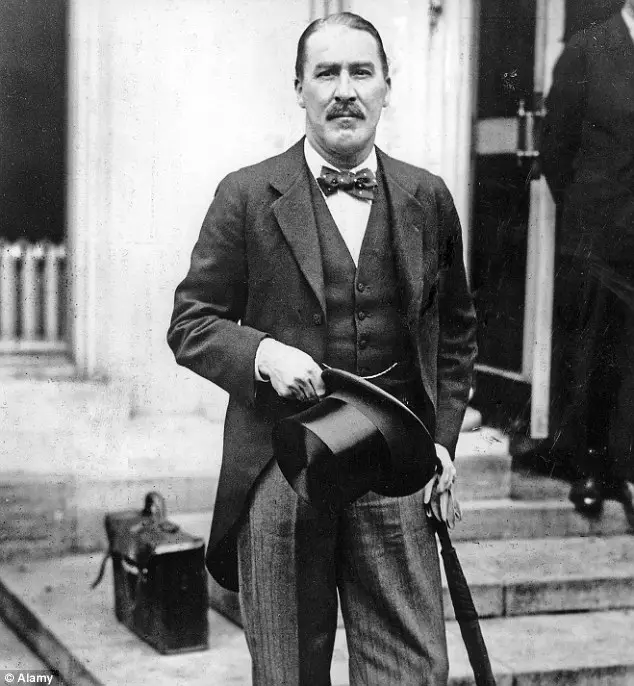Introduction
The study of ancient Egypt is known as Egyptology. The scholars associated with the study of Egyptology are known as Egyptologists. In this following series, we will be familiarised with some of the greatest Egyptologists who have shaped the study of ancient Egypt in a fascinating and interesting way.
Who was Howard Carter?
Howard Carter was an English Archaeologist and Egyptologist. He was born in Kesingstone in England on 9 May 1874. His father was a famous artist and illustrator. His name was Samuel John Carter. He discovered the famous tomb of Tutankhamun. This discovery added new dimensions of knowledge to the understanding of ancient Egyptian civilization. Thus, in this and also many other ways, he has contributed a lot to the study of Egyptology.
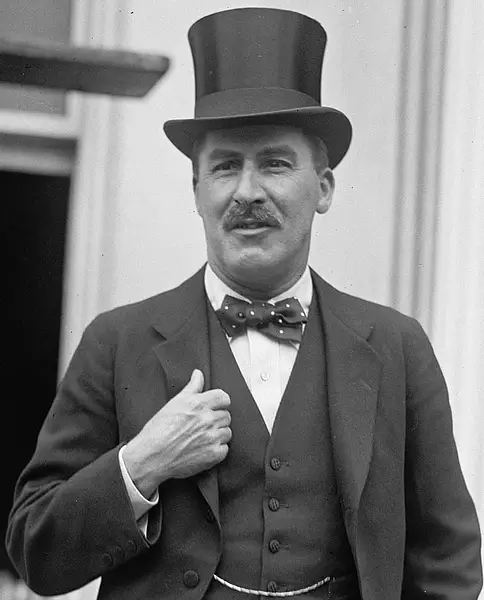
Education
Howard Carter became sick during his early teenage days. Thus, his parents sent him to his aunt’s house. Its location was Norfolk. It is a non-metropolitan county in East Anglia in England. He completed his private homeschooling from here.

Entering the World of Archaeology
Howard’s father Samuel Carter was an artist. He used to work for others on a contract basis. This was the time when the British colonized the Egyptian lands. One day, Samuel draw a sketch of a well-known Egyptologist at that time. Little Howard noticed the sketch. He became fascinated with what an archaeologist looks like. Thus, in this way, he has grown his interest in archaeology and subsequently Egyptology.
Another thing helped to grow the interest in his mind. He resided in Norfolk for a long time during his childhood days. There was a nearby mansion of the Amherst family. Its name was Didlington Hall. It has a collection of Egyptian antiquities. Little Howard encountered that collection and became fascinated with the study of ancient Egypt.
Early Career in Egypt
Howard Carter was only 17 years old. He went to Egypt. There, he began working as an assistant artist of an archaeologist working there. His artistic skills impressed Lady Amherst. So, she helped him get this job. It was the year of 1891. She created a new fund. It was for the promotion of the study of ancient Egypt. Its name was EEF (Egypt Exploration Fund).
With the help of this fund, Howard joined an excavation in Egypt. Percy Newberry was an Amgerst family friend. He was excavating the Middle Kingdom tombs at Beni Hasan. Howard joined him as an assistant artist. Thus, in this way, he started his journey in the field of Egyptology at his very early age.
Growth and Innovative Ideas
Starting a career as an artist in Egypt was not so easy for Carter. Because others were also working there. But he started to implement some of his innovative ideas in sketching the tomb decorations. Thus, he got the attention of others very soon.
It was 1892. Famous Egyptologist Flinders Petrie was working at the site of Amarna. The Pharaoh Akenaten founded this capital city. Howard Carter got the chance to work with him at this site. Thus, he learned a lot about excavation methods and techniques during this time.
Inspector of Monuments
It was the year of 1899. Howard Carter joined the Egyptian Antiquities Service as an inspector of monuments. It happened because he gained popularity so early because of his expertise and dedication.
He has conducted a number of excavations in and around the city of Thebes. On the other hand, he has supervised the explorations in the Valley of the Kings.

It was the year of 1905. a violent conflict happened in Saqqara archaeological site between Egyptian guards and some French tourists. Because of this incident, Howard Carter resigned from the post.
Great Comeback: Tomb of Tutankhamun
History reminds Howard Carter of one discovery widely. It was the discovery of the tomb of Tutankhamun. Because this discovery boosted the interest in studying ancient Egypt in a new and fascinating way.
After resigning from the post of monuments inspector in 1904, Carter became unemployed. During this time, he used to sustain himself through the selling of his paintings. In 1907, he came back to his work. Lord Carnarvon appointed him as the supervisor of the excavations going on at the Deir-el-Bahri near Thebes. Carter has some previous working experience at the place.
Discovery of Tutankhamun’s Tomb: More Than a Miracle
It was the year of 1914. First World War has just started. So, excavations also stopped in the Valley of the Kings. After the end of the war, an economic recession started all over the world. Excavations again started in the Valley of the Kings but there was no satisfactory result.
It was the year of 1922. Lord Carnarvon almost has decided to seize the funds allocated for the excavations. At that time, Howard Carter came to the picture. He somehow managed to convince Carnarvon to fund one more season of explorations and excavations in the valley of the Kings. Carnarvon agreed.
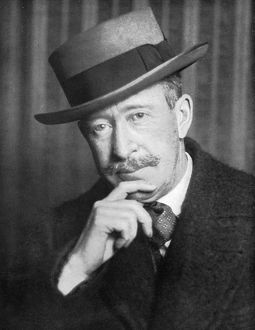

Finally, the Miracle Happened
It was on 4 November 1922. Carter was working in the valley of the Kings. One day, a young crew member accidentally discovered a flight of steps. Yes, it was the steps leading to the tomb of Tutankhamun. In November 1922, Lord Carnarvon and his wi8fe first entered the burial chamber. After that, they officially announced it to the public.
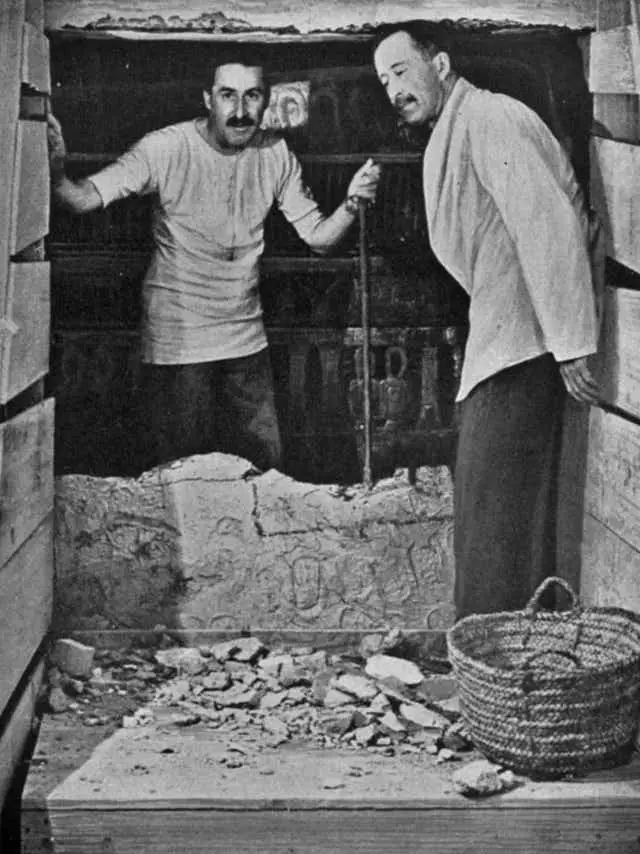
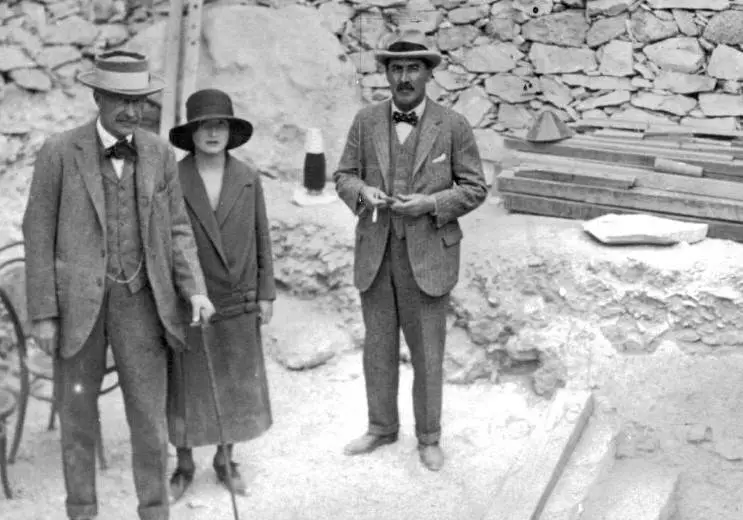
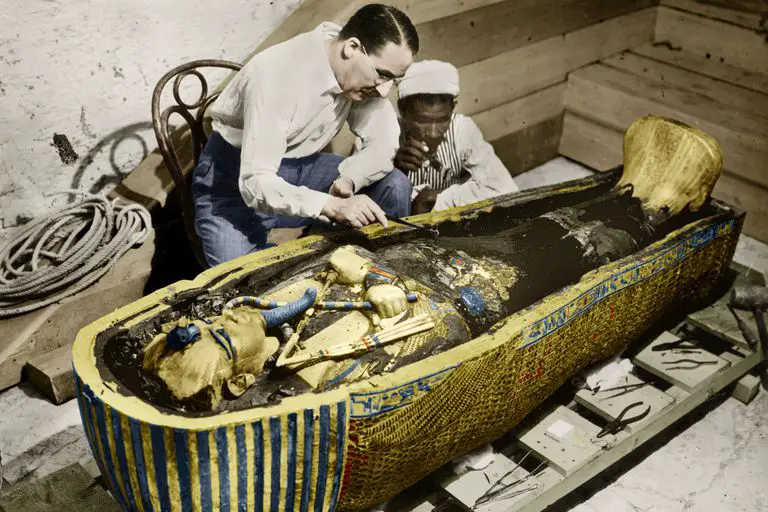
Conclusion
Howard Carter died on 2 March 1939. The life of Carter simply was fascinating. From an artist with very limited formal education to the discoverer of the tomb of Tutankhamun – was more adventurous than a movie. This discovery got worldwide recognition. It got so much popularity that it was shown through a TV series in 2016 also.

